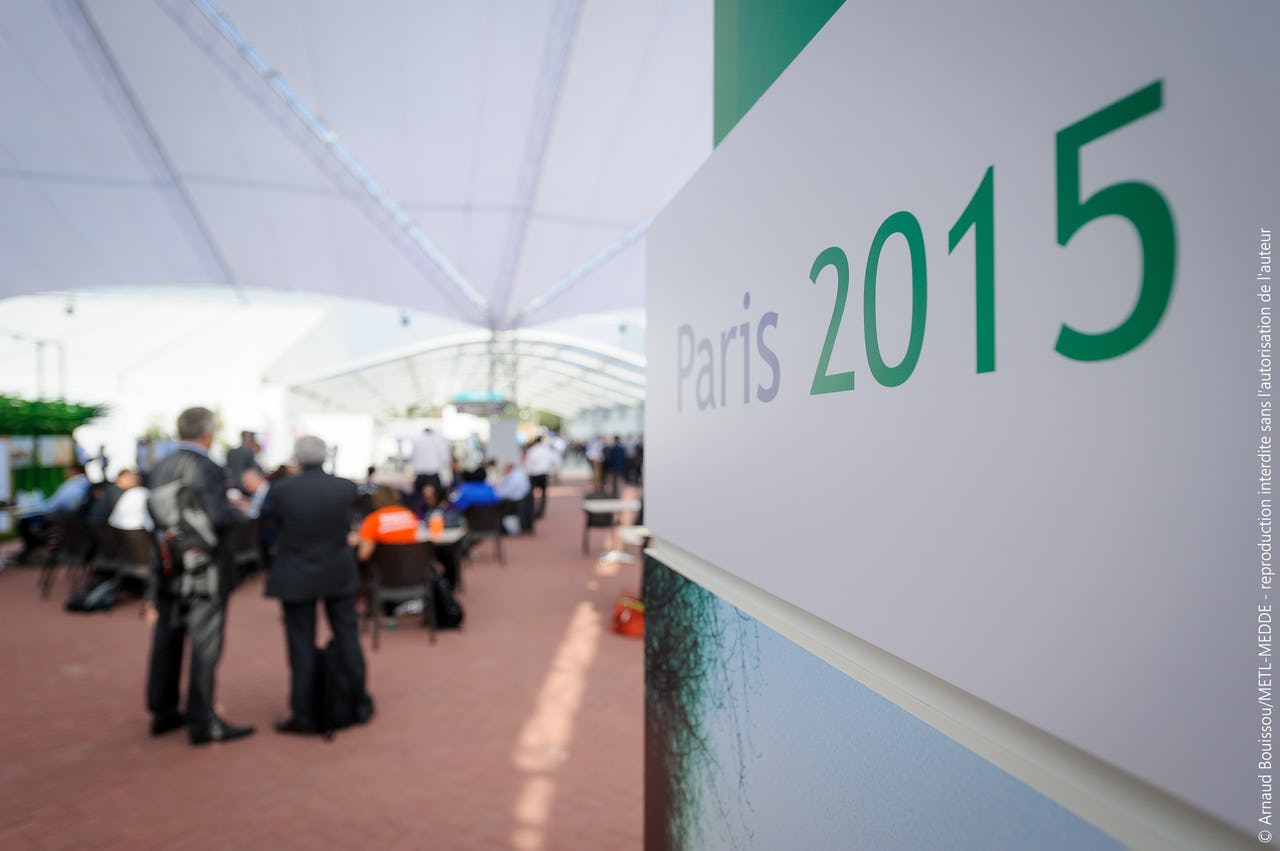A Quick Start Guide to the Arctic and COP21

Photo: Le Centre d’Information sur l’Eau, Flickr
As leaders and the publics they represent negotiate the future of climate change mitigation and adaptation in Paris at the United Nation’s COP21, The Arctic Institute is publishing articles, infographics, and event videos to provide an Arctic perspective on COP21. Through seven installments, Institute experts and affiliates will explore the negotiation’s impacts on the Arctic’s peoples, communities, ecosystems, political relations, and energy systems.
The Arctic Institute COP21 Series
- A Quick Start Guide to the Arctic and COP21
- Indigenous Involvement in the COP21 Climate Change Talks
- COP21 and the Arctic: What’s at Stake?
- COP21 and the Arctic: What’s at Stake? Infographic
- COP21 and the Arctic: Adaptation, Damage, and the Work to be Done
- Closing Week One at COP21: India, the Arctic, and Reaching an Agreement
In just one week, the 2015 United Nations Climate Change Conference, COP21, will be held in Paris, France from November 30 to December 11. Bringing together heads of state, indigenous representatives, researchers, and activists, the objective of COP21 is, for the first time since the Kyoto Protocol in 1997, to secure a binding and universal agreement on climate change from all nations of the world. This objective is founded on the goal to reduce greenhouse gas emissions to limit global temperature increase to two degrees Celsius above pre-industrial levels.
Even with a goal of two degrees for average temperatures, because of polar amplification the Arctic region will face anywhere from a three to six degree increase by 2100. A three to six degree increase will alter sea ice freezes, snow coverage, permafrost stability, and shoreline erosion. Such ecological hazards have already and will continue to have very real effects on human health, safety, and security in the Arctic. These impacts could be devastating to not only circumpolar ecosystems and communities, but all of humanity through feedback loops. Changes in the far North have immediate consequences for atmospheric circulation, ocean circulation, sea-level rise, marine and land carbon cycles, and methane hydrate feedbacks. All of these bio-chemical systems have critically important roles in the cultures, the human security, the economic health, and the very lives of societies from Shanghai to Somalia. But there is hope. Sheila Watt-Cloutier, a renowned climate activist, lawyer, and former International Chair for the Inuit Circumpolar Council, suspects “that the governments around the world have already done a lot of the leg work, so I think we’re going into a meeting where many positive things are already set.”